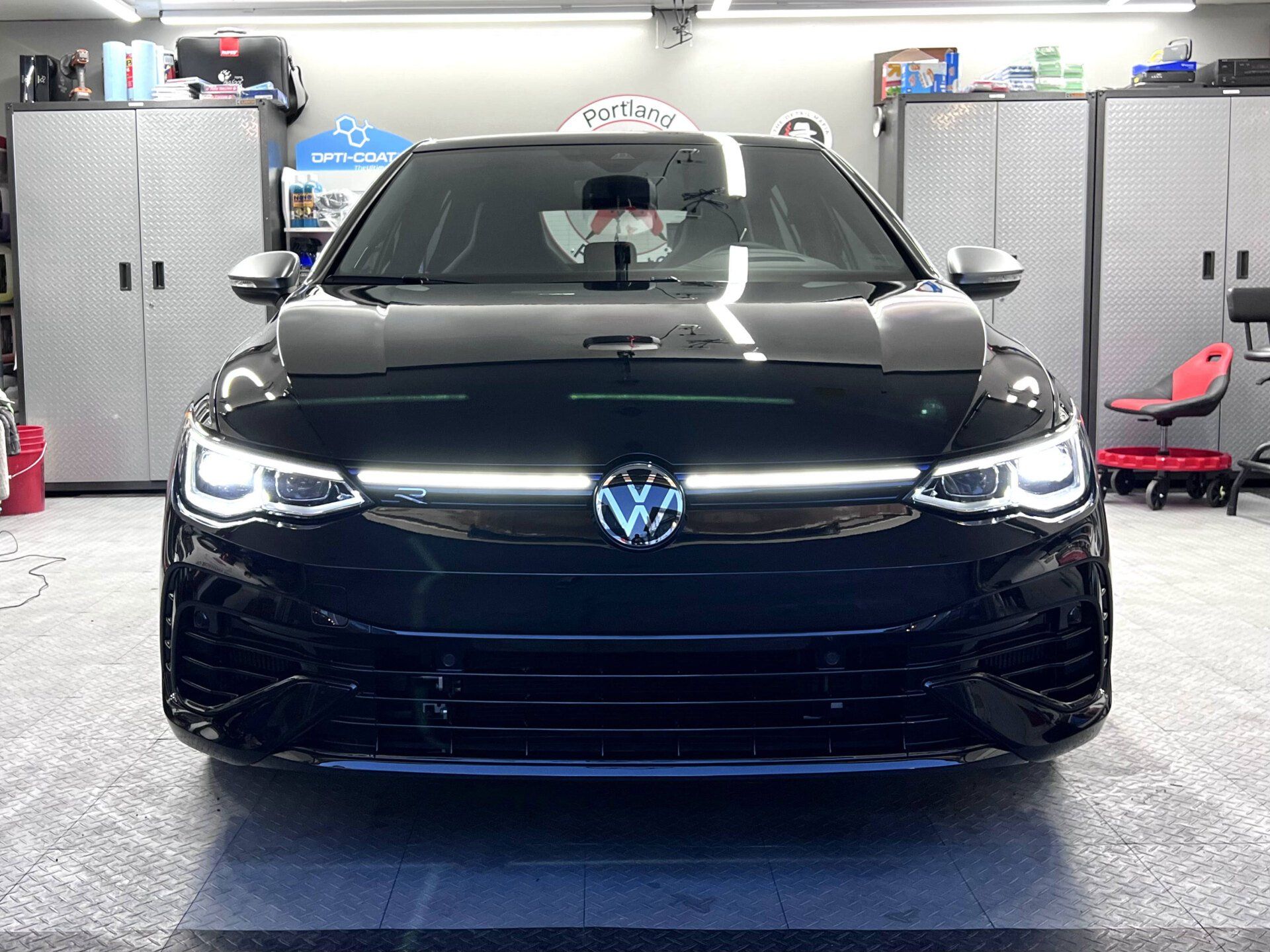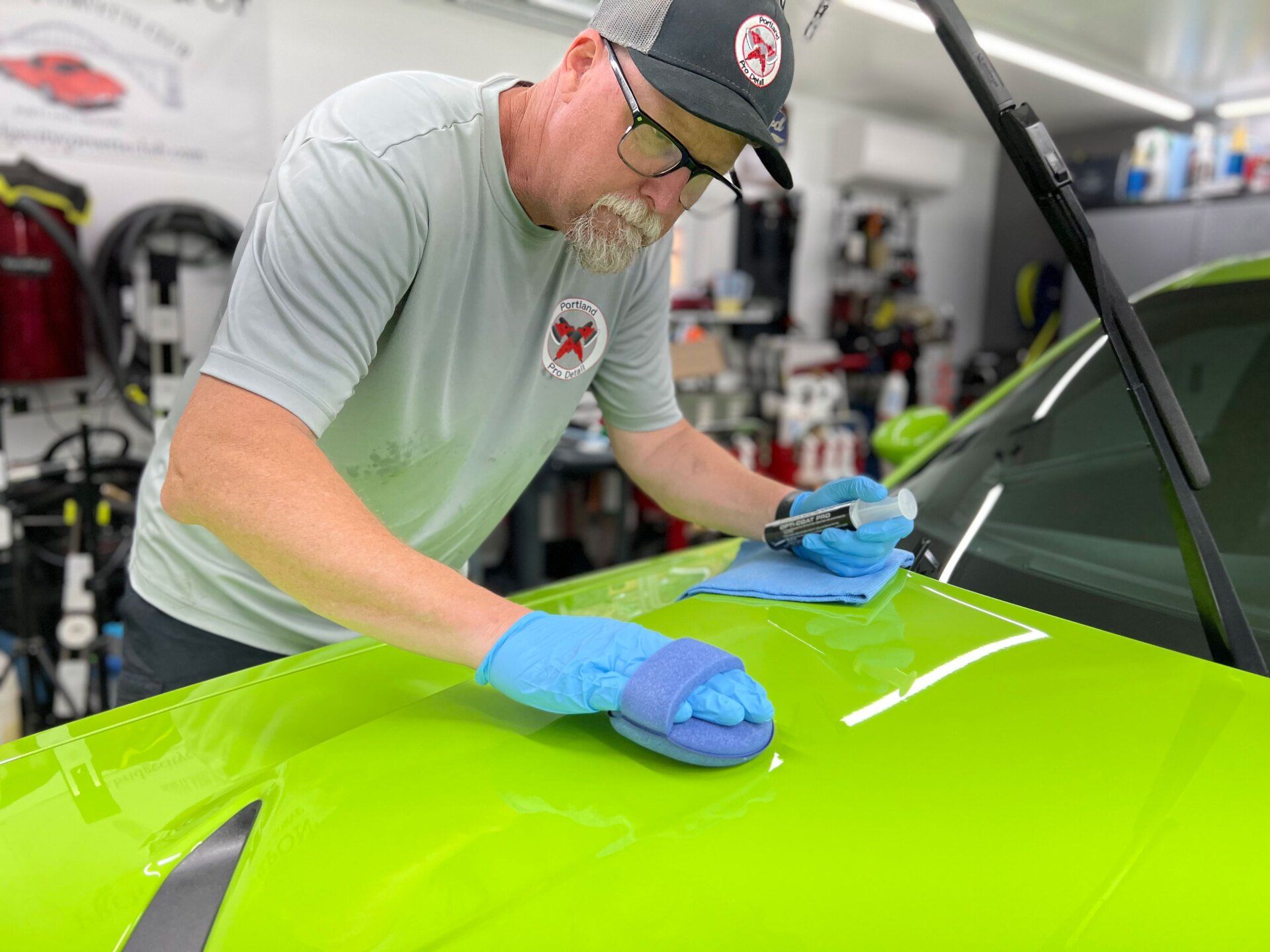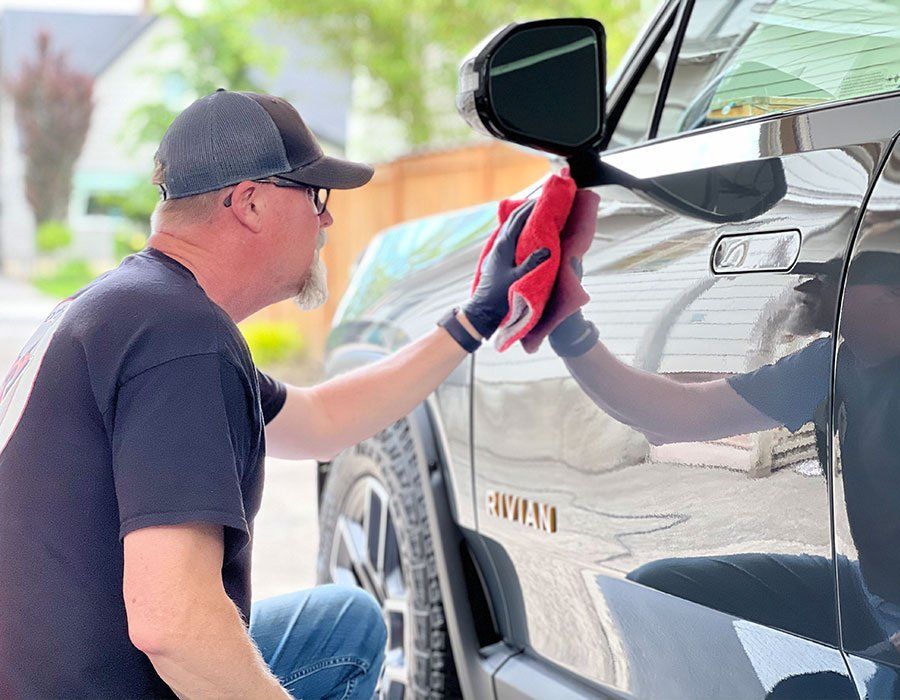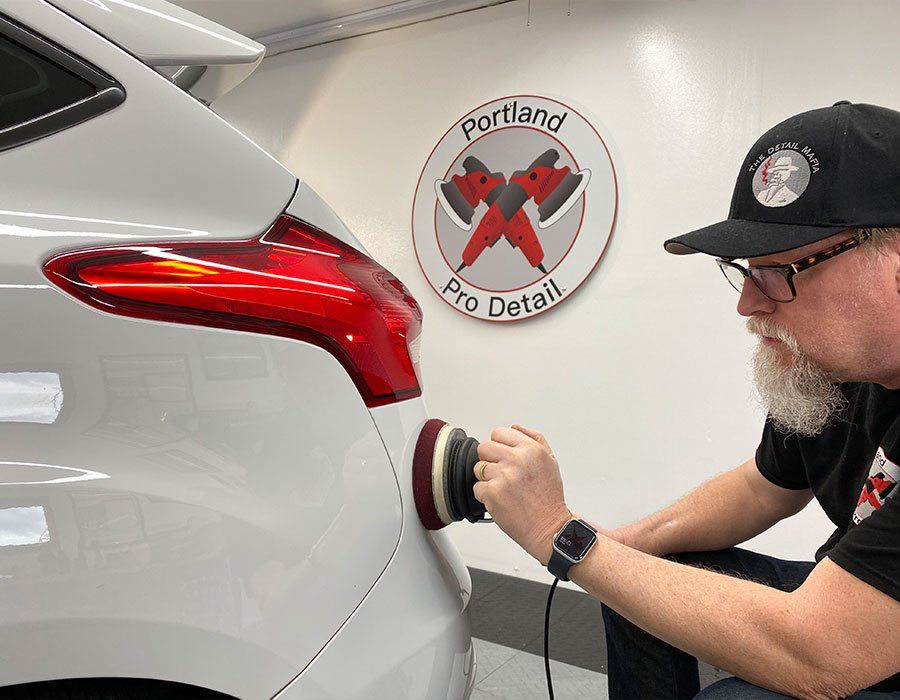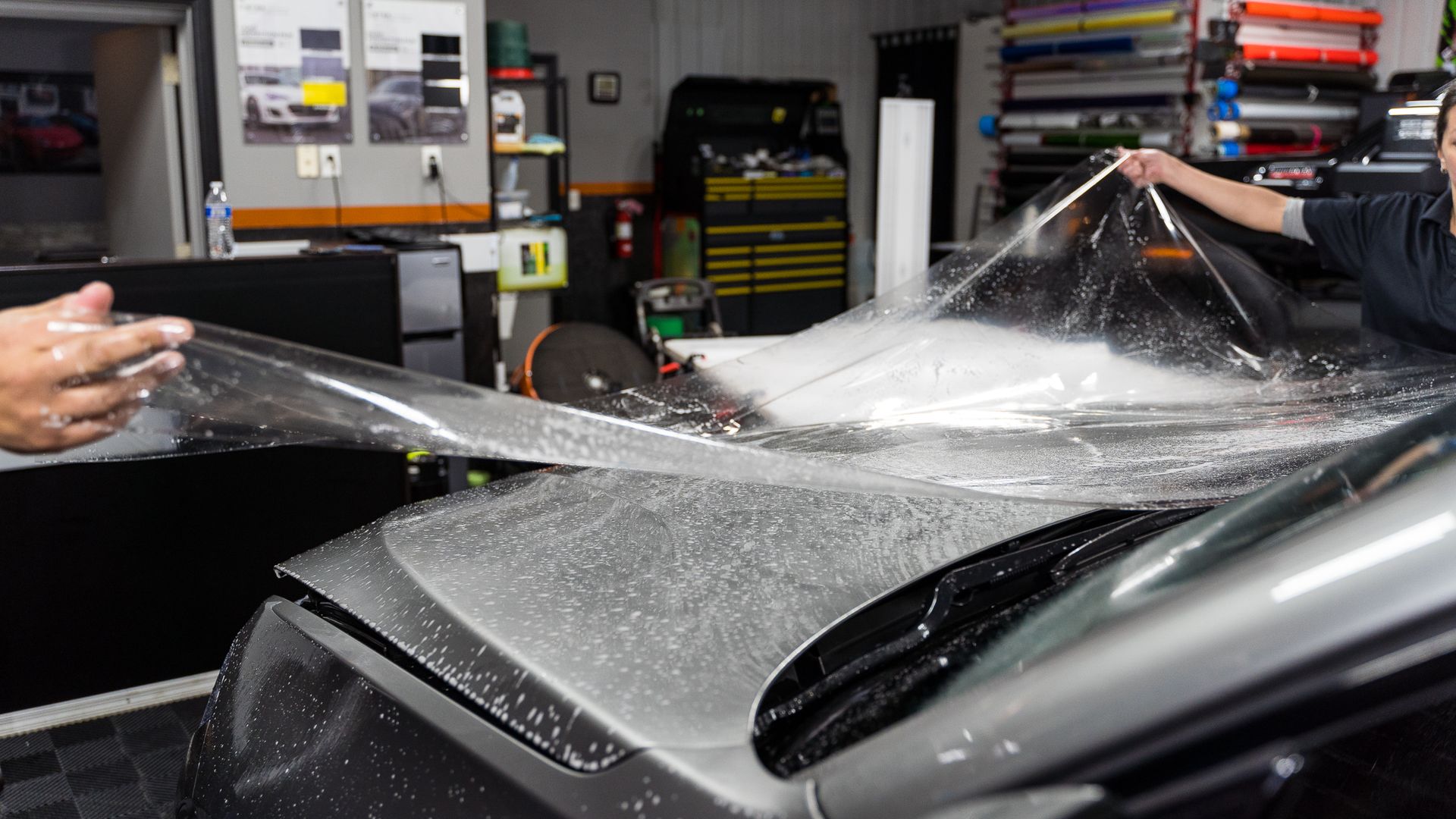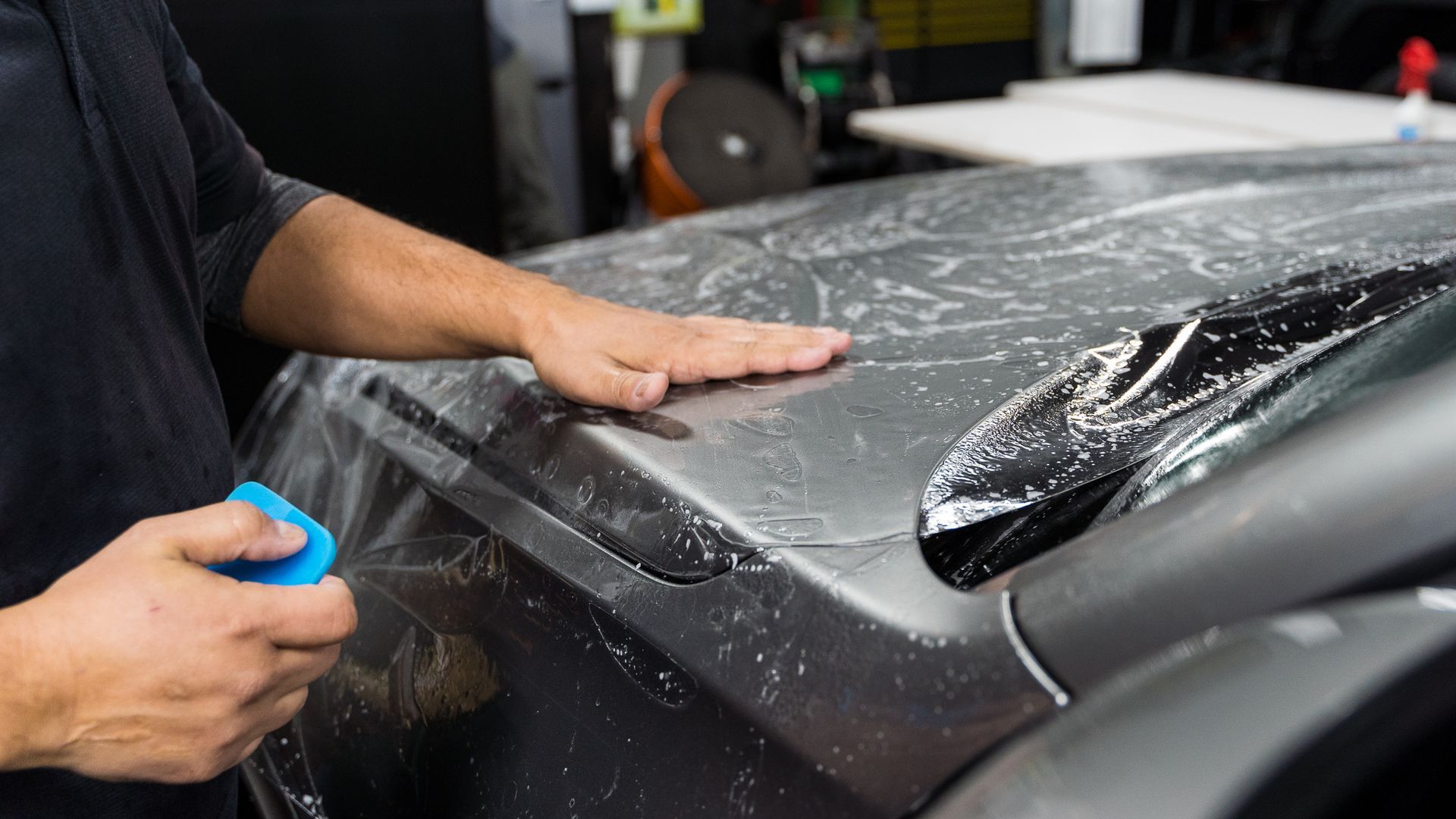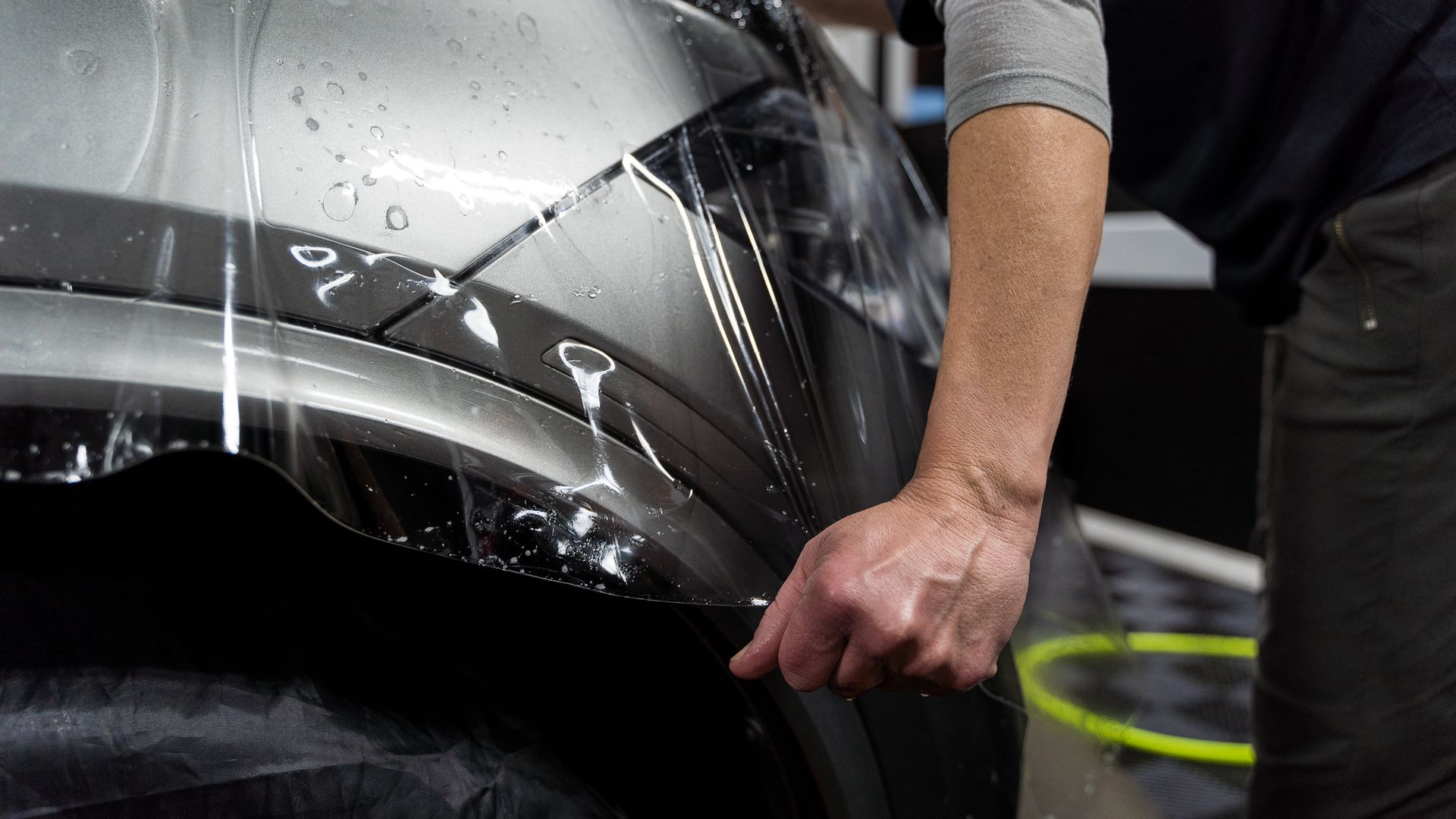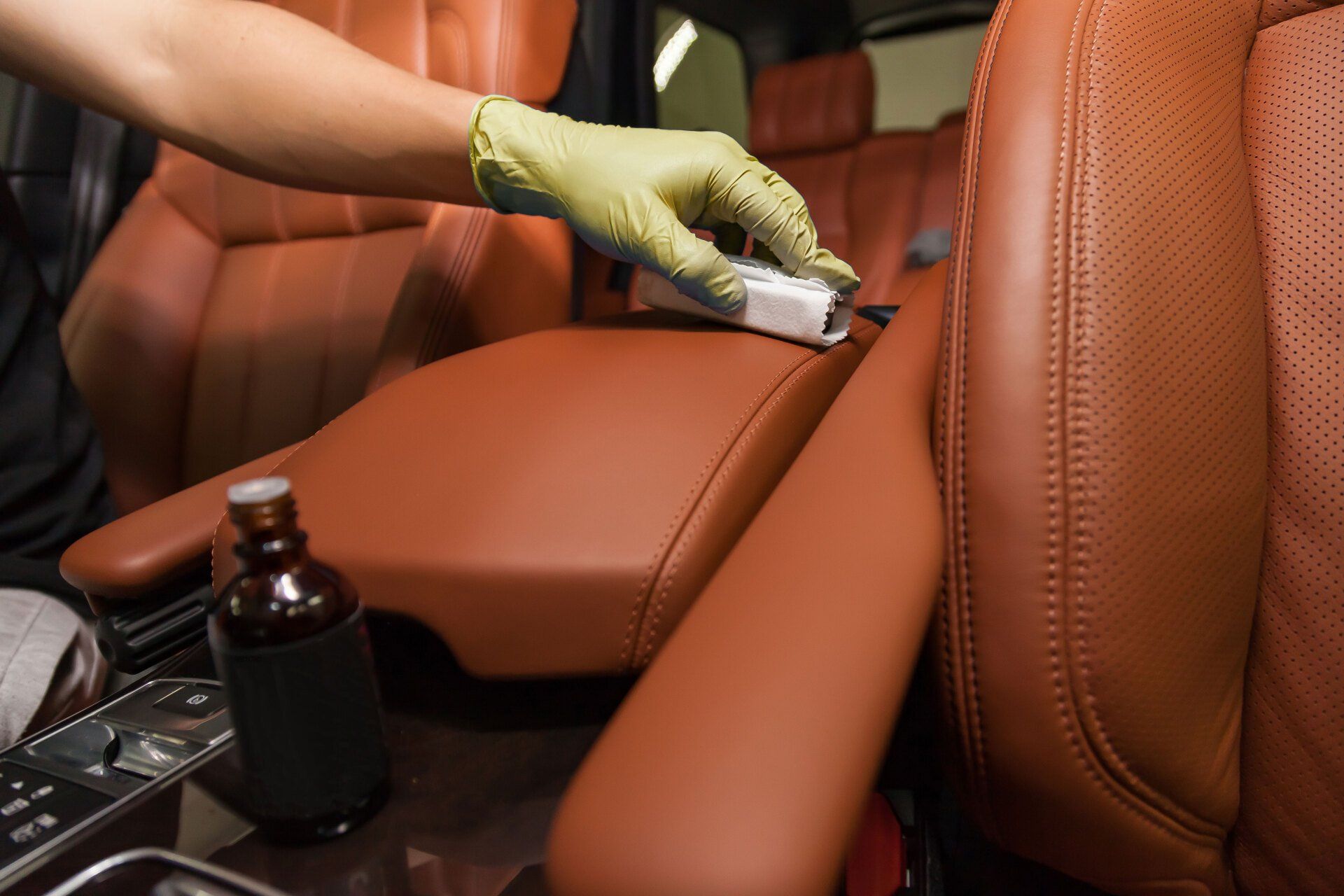Protecting High-Impact Areas: Where to Apply PPF for Maximum Protection
CALL (503) 444-7415
When you're out for a weekend drive on country roads or commuting through urban jungles, your vehicle constantly faces threats from rocks, bugs, and debris. These foes might seem minor at first glance but can lead to significant damage over time. Such wear not only affects your car's aesthetics but also its resale value—an issue many dedicated car owners like you understand all too well. Properly applying paint protection film can be your car’s armor in this everyday battle. By focusing on key high-impact areas exposed to environmental hazards, you can protect your investment effectively.
To effectively shield your vehicle, consider applying a paint protection film to the full front bumper, fenders, hood, side mirrors, and pillars. Additionally, for added protection, applying paint protection film to the front fenders and rear quarter panels can provide comprehensive coverage against potential impact and debris. Always consult with a professional for precise application recommendations based on your vehicle's make and model.
Selecting High-Impact Areas for PPF
When it comes to ensuring your vehicle is well protected from the rigors of daily use and environmental hazards, it's important to focus on the areas that are most vulnerable. These high-impact areas are often exposed to road debris, sand, gravel, rocks, bug splatter, and various environmental aggressors. Keeping these areas safeguarded with paint protection film can help prevent unsightly paint chips, scratches, and other forms of damage that can accumulate over time.
- Bumper: Whether it's small stones kicked up during normal driving or bug splatter while cruising at high speeds, the front bumper takes a beating. By applying a paint protection film to this area, you create a shield against these elements and substantially reduce the risk of paint damage.
- Hood: Debris like gravel and small stones can lead to deep pitting and scratches on the hood. A layer of pain protection film acts as a protective barrier, significantly minimizing the potential damage these elements can cause.
- Side Mirrors: These components are particularly prone to brushes and impacts. Their constant exposure makes them susceptible to scratches and cracks. Applying clear paint protection film here not only ensures protection but also maintains their visibility.
- Fenders: These substances can take a toll on the paint finish over time. Therefore, a paint protection film application keeps the paint intact despite these harsh conditions.
It's clear that identifying these high-impact areas and applying paint protection film to them is crucial for maintaining your vehicle's appearance and structural integrity in the long run. Each application serves as a critical defense against everyday wear and tear, extending the lifespan of your car's paintwork.
Preparing Vehicle Surfaces for PPF
Before immersing in the application of paint protection film on your vehicle, meticulous surface preparation is crucial. Proper preparation not only ensures a seamless and effective application but also contributes to the long-term durability of the PPF.
- Thorough Cleaning: It all begins with a thorough cleaning. Your vehicle's surfaces must be free of dirt, grime, and any impurities for the paint protection film to adhere effectively. Start by using automotive soap and water to wash the surface. Any residual contaminants can diminish adhesion and compromise the overall effectiveness of the PPF. A clean surface is crucial, as it provides the optimal canvas for the paint protection film application. Imagine trying to paint a wall that hasn't been cleaned; the paint won't stick well and may start flaking over time. Similarly, if there's debris or dirt on your car's surface, it can cause the paint protection film to peel or bubble, rendering it ineffective in protecting your car's paint.
- Decontamination: Simply washing the surface might not remove all embedded contaminants. This is where a clay bar comes into play. A clay bar is a specially designed elastic putty compound that picks up stubborn impurities and pollutants that your regular cleaning efforts might have missed. Consider clay barring as a spa treatment for your car's exterior. It delicately removes trapped contaminants such as tree sap, road tar, and industrial fallout, leaving your vehicle's paint remarkably smooth and ready for the application of paint protection film.
- Drying: Once you've cleaned and decontaminated the surface, drying becomes imperative. Any remaining moisture can hinder paint protection film adhesion and result in an uneven finish. Use soft, high-quality microfiber towels to ensure complete drying while avoiding lint and streaks that could affect the appearance of the paint protection film once applied. A lint-free and streak-free surface is essential for achieving a flawless finish with the PPF. Any imperfections during this stage can greatly impact the final results and aesthetics of your vehicle.
- Surface Inspection: Before applying paint protection film, conduct a comprehensive inspection of the vehicle's surface. Look for any existing damage, such as chips, scratches, or blemishes. Addressing these imperfections is crucial before installing PPF, as the film can trap underlying defects, making them more pronounced and detracting from its protective properties. Think of this step as laying the groundwork for a pristine finish. Addressing minor imperfections at this stage prevents them from becoming magnified under the paint protection film, preserving both the visual appeal and protective capabilities of the film.
Overall, meticulous surface preparation sets the stage for a successful paint protection film application, guaranteeing both protection and aesthetics for your vehicle. Following these steps lays the foundation for maximum protection of your vehicle's critical areas.
Key Areas to Protect: Bumper, Hood, Mirrors
When it comes to car protection, certain areas endure the most wear and tear during typical everyday driving. By applying a paint protection film to these high-impact zones, you can ensure that your vehicle maintains its pristine look for an extended period.
Bumper
The front bumper acts as the shield of your car, constantly facing the road and enduring impacts from debris and small stones. It's no surprise that it's one of the most common areas for paint damage. Applying paint protection film here acts as a barrier against scratches, chips, and other minor abrasions, preserving the aesthetics of your vehicle and contributing to its resale value.
Hood
Next up is the hood of your car. As you drive, it's constantly bombarded with bits of gravel and small rocks that can cause unsightly chips and dents in the paintwork. Applying paint protection film to the hood ensures that road debris bounces off harmlessly without leaving a mark. This is especially beneficial for those who love taking road trips or frequently drive on highways where exposure to such hazards is elevated. If you've ever had to deal with peeling paint on your car's hood due to stone chips, you'll know just how frustrating it can be. By adding paint protection film to this area, you're essentially minimizing future frustrations and preventing potential damage.
Mirrors
Lastly, let's talk about the side mirrors. These are often overlooked when it comes to protection, but they too endure the brunt of road wear and tear. With constant exposure to elements such as dust, debris, and occasional brushes with objects while parking, side mirrors are vulnerable to scratches and blemishes. A paint protection film adds an extra layer of defense here, ensuring that your mirrors maintain a clean, unmarred appearance over time. While small in size compared to other parts of your car, side mirror replacement or repair costs can add up over time.
These areas are more prone to damage than we might initially think, making them crucial spots for paint protection film application. By investing in protecting these high-impact zones, you are taking proactive steps to preserve the overall appearance and integrity of your vehicle.
Maintenance Tips for Paint Protection Films
So, you've invested in paint protection film to safeguard your vehicle's paintwork, and now you want to ensure it stays in top-notch condition for as long as possible. Here are some crucial tips to help you maintain the integrity of your paint protection film.
- Avoiding Harsh Chemicals: One of the simplest yet most important maintenance tips is to use pH-neutral cleaning products when washing your car. These products are gentle on the paint protection film and won't cause any damage to the film. Harsh chemicals can break down the protective properties of the film, making it less effective over time. So, look for cleaning agents specifically designed for automotive use, ensuring they are safe for use on PPF. When choosing cleaning products, remember that gentle is better when it comes to maintaining paint protection film. Always check the labels of car care products to ensure they are safe for use on paint protection films.
- Regular Washing: Regular hand washing of the protected areas with mild automotive soap is essential for keeping your paint protection film in optimal condition. Hand washing allows you to be gentle on the film and avoid any accidental damage that may occur during high-pressure washes at automatic car washes. Avoid using high-pressure washes on the protected areas, as this can cause the edges of the film to lift and weaken its adhesion over time. Think of hand washing your car with mild soap as giving it a spa day—gentle and nurturing to keep your paint protection film in tip-top shape!
- Regular Inspection: Regularly inspecting your paint protection film for any signs of wear and tear is a proactive way to prevent further damage. Look out for any edges lifting or bubbling, as well as any scratches or chips on the film. Addressing these issues promptly can prevent them from escalating and causing more extensive damage to the PPF. A regular visual inspection can help catch any issues early on, allowing you to take prompt action in addressing them. Additionally, small issues are often easier and more cost-effective to fix compared to larger, more severe problems that may arise if left unattended.
By following these maintenance tips, you can significantly extend the life and effectiveness of your paint protection film, ultimately providing long-lasting protection for your vehicle's paintwork.
Choosing the Best Quality PPF Film
When it comes to safeguarding your vehicle’s paint job, the choice of paint protection film can significantly impact its long-term effectiveness. Not all paint protection films are created equal, which is why it's essential to focus on specific factors that can truly enhance your vehicle’s protection.
Film Thickness
One of the most critical factors to consider when choosing a paint protection film is film thickness. Opt for films that are at least 8 mils thick. Thicker films provide better protection against heavy impacts, such as road debris, gravel, and minor abrasions. Thicker films are less likely to tear or puncture, ensuring that your vehicle's paint is shielded from high-velocity impact damage.
Self-Healing Properties
Another key consideration is the self-healing properties of the film. Investing in paint protection film with self-healing technology enables it to recover from minor scratches and swirl marks, maintaining a sleek, polished appearance even after encountering light abrasions or contact with small particles. The self-healing capability effectively maintains the integrity of the film, providing long-lasting protection while reducing visible damage to the vehicle's surface.
UV Resistance
Protecting your vehicle's paint from UV damage is essential to preserving its original appearance. Therefore, ensure that the selected paint protection film offers UV protection to prevent discoloration and maintain the paint's original tone over time. UV-resistant paint protection films prevent fading and yellowing, ensuring that your vehicle maintains its aesthetic appeal while being exposed to sunlight.
Warranty
When evaluating different PPF products, consider the manufacturer’s warranty. Look for paint protection films that come with a warranty ranging from 5 to 10 years. A robust warranty signifies durability and trust in the product, providing you with confidence in its long-term performance and protection. A substantial warranty also serves as an assurance of quality, indicating the manufacturer’s commitment to standing behind their product.
By focusing on these key areas when choosing a paint protection film, you ensure that your vehicle's most vulnerable surfaces are well-protected against a myriad of potential damages. The combination of appropriate thickness, self-healing capabilities, UV resistance, and a reliable warranty sets the foundation for comprehensive protection, maintaining the longevity and appearance of your vehicle's paint for years to come.
Premier Paint Protection Film Service in Vancouver, WA
Protect your vehicle's finish with Portland Pro Detail’s top-tier paint protection film service in Vancouver, WA. Our expert team uses advanced technology and premium materials to ensure your car remains safeguarded against scratches, road debris, and environmental damage. Enhance your vehicle’s longevity and appearance with our professional application. Reach out today to book your appointment and experience unmatched protection and shine for your vehicle. Call us at (503) 444-7415 to get started!
Portland Pro Detail Blog
